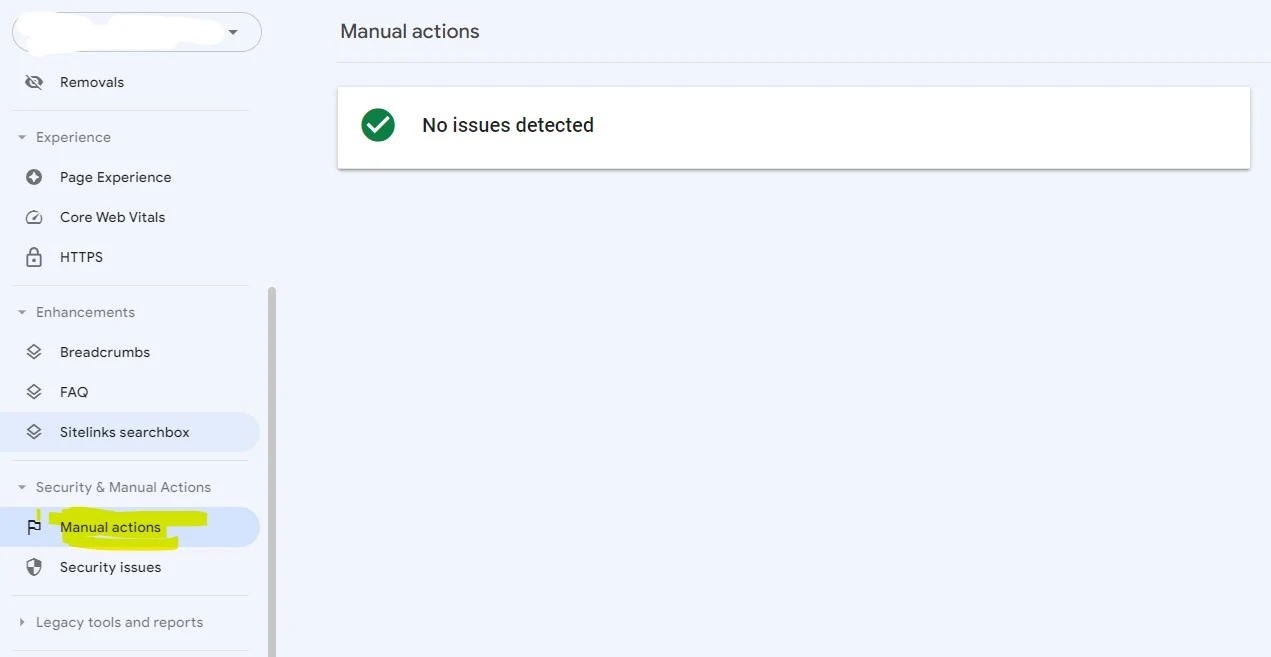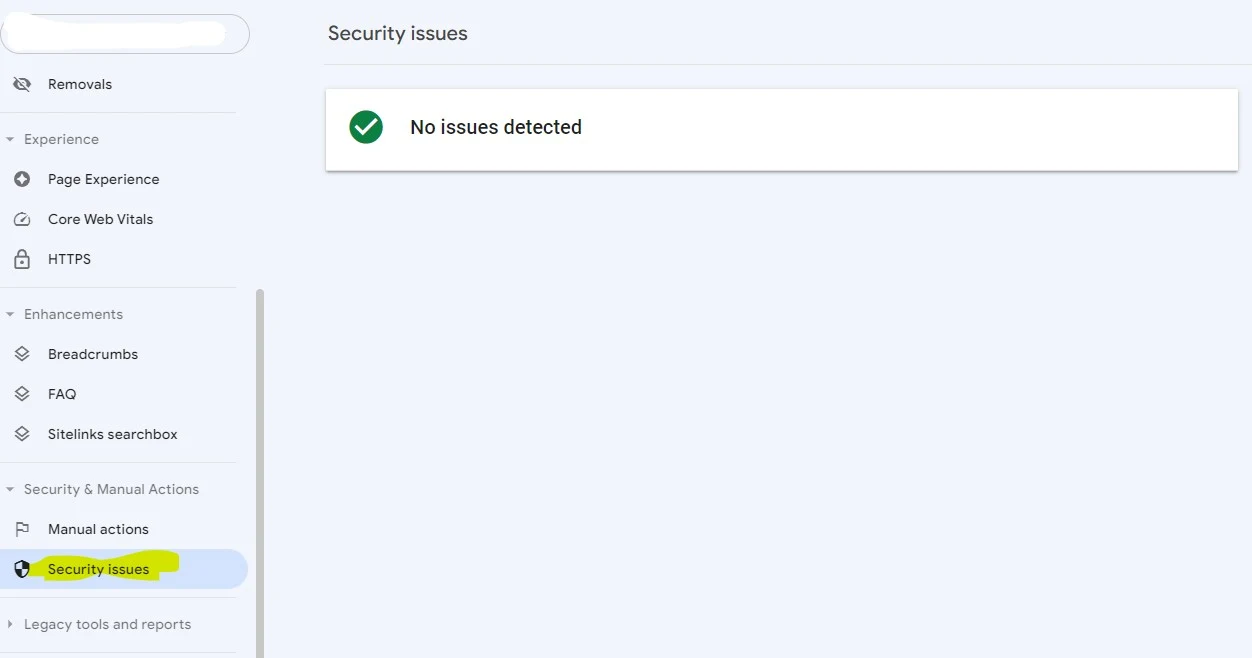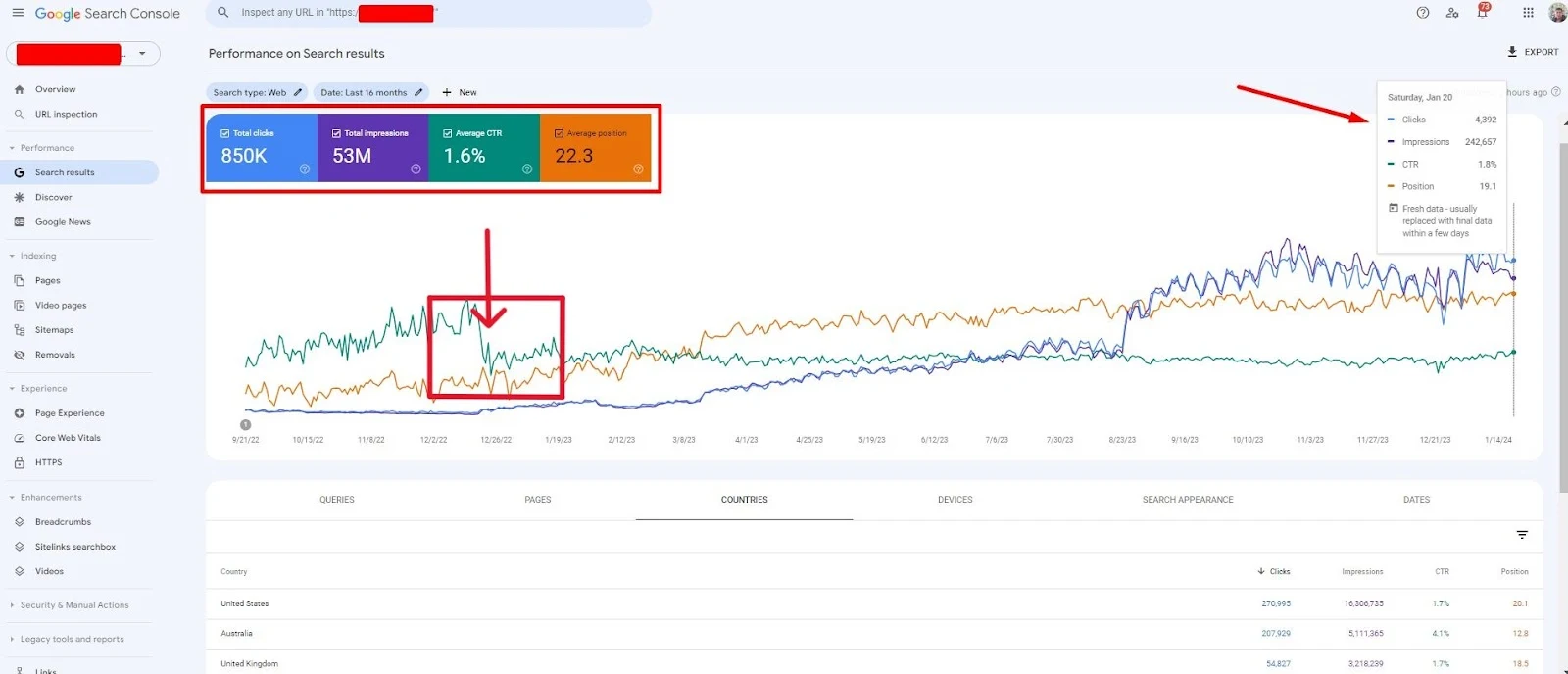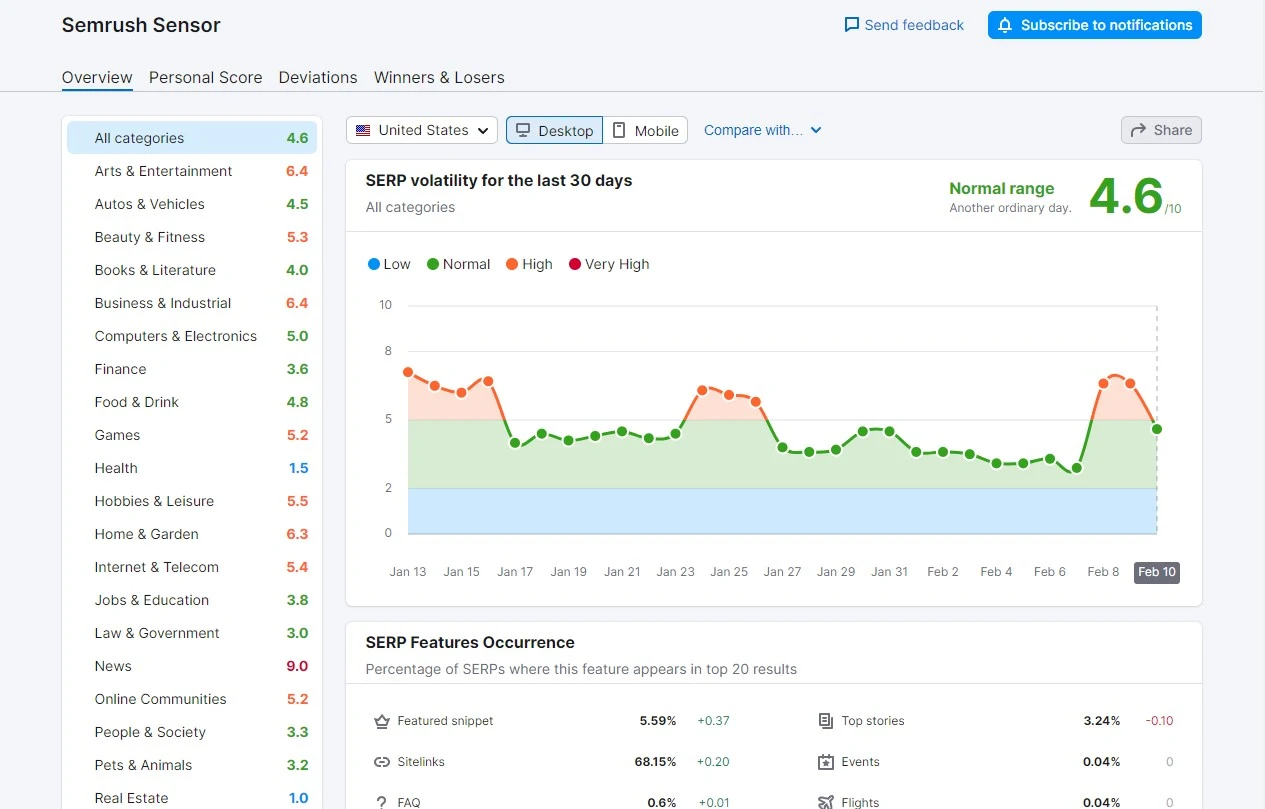Google sandbox and penalty checker tool can help you to find why your website is
not ranking in Google. Google penalty checker tool helps you to find out whether
your website got a penalty from Google or not so that you can take steps
accordingly to improve the condition of your site. Sometimes getting penalized
by Google deindexes all your pages from Google.
Google sandbox checker tool helps you to find whether Google put your website
in sandbox or not. The sandbox is a term described by
SEO
experts to explain the situation where Google refuses to rank new websites and
conducts some research before ranking them. Sandbox can also happen if Google
penalizes you website and hence
Google stops ranking your website or even showing your website in the search results.
Now, if you want to check what the possible reason is that your website is
not ranking in Google even though it has quality content, this Google
sandbox and penalty checker tool can help you reason for that. In this
article I have listed some Google sandbox and penalty checker tools you
can use in 2024 also explained how to use them.
Top Google Sandbox and Penalty Checker Tools
These are the tools that can help you find Google sandbox and penalties,
1. Google Search Console
Google Search Console
is a free set of tools for webmasters provided by Google. So how to use
Google Search Console to find sandbox and penalties? You can do that just
following two steps,
1. Check for manual actions and security issues
Like stated in the above image from menu section of Google search console go to "Security & Manual Actions" then click on manual actions to check if Google penalized your site and put your site in sandbox or not. Now again go to "Security Issues" from "Security & Manual Actions" and find if there is any security issues found.
Fixing this manual actions and security issues will fix penalties of your
site and will remove your site from Google sandbox.
2. Check Performance Issues
If you find any sudden drop in impressions and clicks in the performance
tab, there is a high possibility that Google penalized your website and it
is now in the sandbox. However, with continuous posting of high-quality
content, you can earn Google's trust back.
2. Moz Google Algorithm Change History
Moz Google Algorithm Change History helps you to find all the Google algorithm core updates and their
released dates. If you find sudden drop in impressions and clicks during the
period of an core update that's because Google penalized your site and there
is no doubt in that.
Thus you can find if your site was penalized by Google from this tool. You
can also find update related information and what's changed during this core
update period from this tool.
3. Semrush Sensor
Semrush Sensor is a tool that indirectly helps you to check Google Sandbox and
penalty. Semrush Sensor works by showing the search volatilities of
different website niches. This tool shows which niches were more prioritized
by Google and received more traffics than usual.
This tool also helps to find which websites were the winners and which were
the looser under specific niche.
4. Paguin Tool
Panguin tool
helps you to check Google Sandbox and penalty, all you need to do is
sign in with Google Analytics account which connected to your website. Then
you'll be able to see your traffic data during Google update period and also
can find out if your website is penalized or not by traffic fluctuation
data.
5. Fruition Penalty Checker
Fruition's penalty checker tool
works by using a statistical analysis and provides a clear
understanding into which Google updates have the most significant impact on
your website. Then, suggests you what you should do next to recover
from the penalty helping you remove your website from Google Sandbox.
Tips for Avoiding Google Sandbox and Penalty
To avoid your site being penalized or moved to Sandbox by Google follow this
tips,
- Avoid black hat SEO techniques.
- Avoid unnatural link buildings.
- Avoid buying links.
- Avoid creating spammy contents.
- Start writing helpful contents for your users.
- Avoid copying contents from other websites.
- Monitor backlinks regularly and disavow any toxic or spammy links that could harm your website.
- Regularly update your website with fresh and relevant content.
- Avoid keyword stuffing.









Comments
Post a Comment